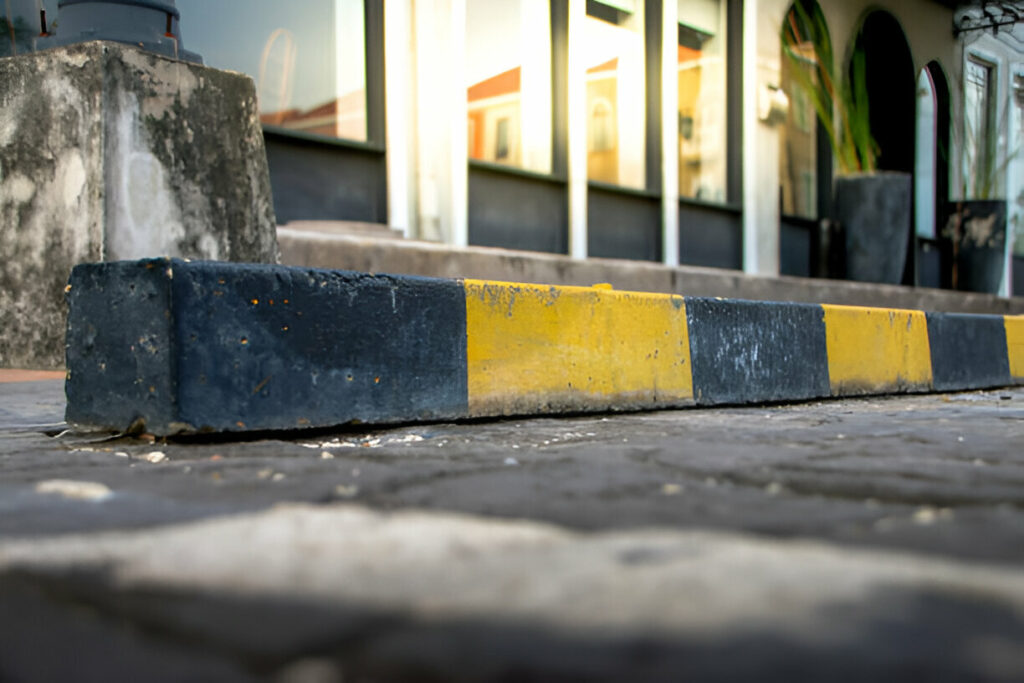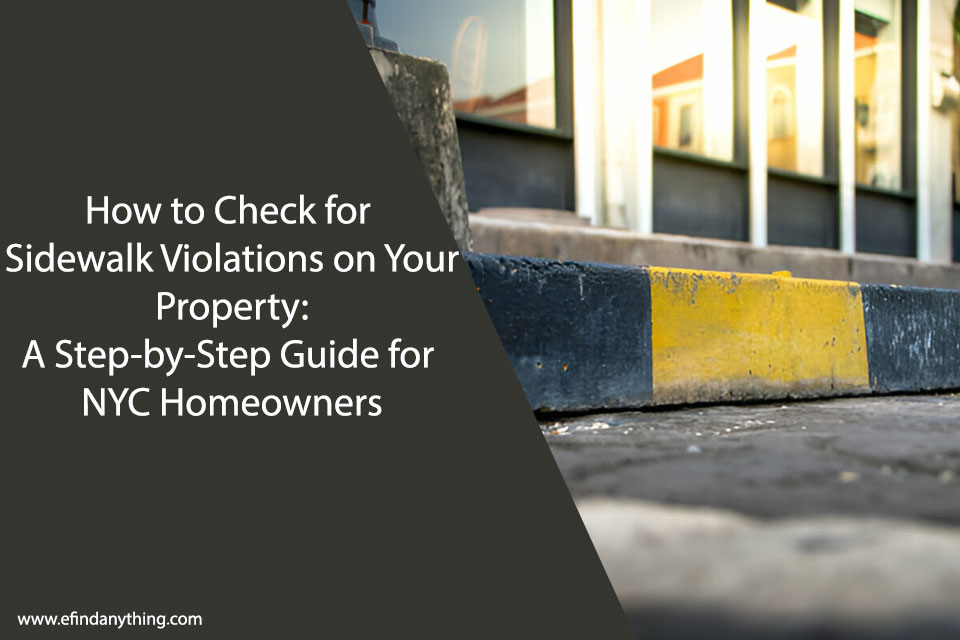
Sidewalk maintenance is a critical responsibility for property owners in New York City. The Department of Transportation (DOT) enforces strict guidelines to ensure pedestrian safety, and violations can result in costly fines or mandated repairs. Whether addressing minor cracks or major structural issues, homeowners must regularly inspect their sidewalks to remain compliant. This guide walks through the process of checking for sidewalk violations and understanding what to do if repairs are necessary.
Identifying Common Sidewalk Violations
NYC has clear standards for sidewalk conditions, and failure to maintain compliance can lead to citations. Some of the most common violations include cracks wider than half an inch, raised or uneven sections creating trip hazards, and missing pieces of concrete that compromise stability. Ponding water after rainfall may indicate poor drainage, which is another cited violation. Tree roots pushing up sidewalk slabs often create structural concerns and require special handling. Sidewalks damaged by vehicles, heavy loads, or construction work may also fall outside compliance regulations.
Checking for Violations on Your Property
How do I find a sidewalk violation in nyc? Homeowners should conduct regular sidewalk inspections to catch potential violations before they become city-mandated repairs. Begin by walking the full length of the sidewalk adjacent to the property and carefully observing its condition. Use a measuring tape to assess cracks or elevation changes. Any height difference of half an inch or greater can be considered a tripping hazard. Checking after rain helps determine whether water accumulates excessively, signaling drainage issues.
Paying attention to tree growth ensures that roots are not pushing up pavement sections. Inspect curb edges for loose or broken pieces, as deteriorating curbs may also lead to sidewalk citations. Taking clear photographs of any damage serves as documentation, particularly if tree roots or external factors caused the issues.
Reviewing Official DOT Guidelines
The NYC DOT provides detailed criteria for sidewalk inspections and violations. Homeowners can refer to DOT’s official sidewalk maintenance resources to compare their findings with listed standards. Accessing NYC’s interactive sidewalk violation database allows property owners to check if their address has outstanding violations. Reviewing DOT repair deadlines prevents missed compliance periods, which may lead to additional fines or city-led repairs billed to the owner.
Handling a Sidewalk Violation Notice
If a homeowner receives a sidewalk violation notice, immediate action is necessary to avoid further penalties. The violation letter will outline the specific issue, required repairs, and response deadlines. Hiring a licensed contractor ensures compliance with NYC regulations, as improper repairs may not be accepted upon reinspection.
Requesting a city-approved permit before making repairs is required for most sidewalk projects. Homeowners should obtain quotes from multiple contractors to compare pricing and services. If tree roots caused the damage, contacting the NYC Parks Department ensures repairs align with tree preservation regulations.
Following repair completion, property owners should submit proof of work to the DOT. Scheduling a final inspection confirms compliance, allowing the violation to be cleared. Keeping documentation, including receipts and before-and-after photos, provides records in case future disputes arise.
Avoiding Future Sidewalk Violations
Regular maintenance prevents recurring violations and ensures pedestrian safety. Conducting seasonal inspections, particularly after harsh winter conditions, helps identify damage caused by freeze-thaw cycles. Removing debris and weeds from sidewalk joints minimizes deterioration over time.
Ensuring proper drainage eliminates ponding issues that could lead to erosion or foundation cracks. Hiring professionals for preventive repairs instead of waiting for major damage reduces long-term costs. Monitoring tree growth and root expansion prevents unexpected elevation shifts, reducing liability risks associated with uneven pavement.
Final Thoughts
Maintaining sidewalks in NYC requires proactive attention to compliance standards. Homeowners can prevent violations by conducting regular inspections, reviewing DOT guidelines, and promptly addressing any identified issues. If a violation notice is received, handling repairs efficiently and ensuring city approval avoids unnecessary penalties. By taking preventive steps, property owners contribute to a safer pedestrian environment while minimizing costly fines and city-imposed corrections. Staying informed and prepared ensures that sidewalk compliance remains a manageable responsibility. For expert construction and renovation services tailored to your needs, visit Zicklincontracting.com.
